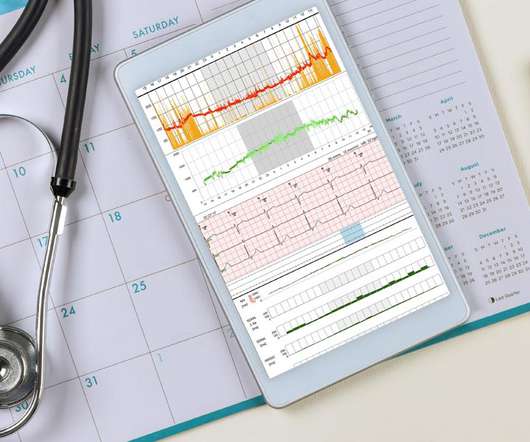Women and Heart Attacks: How Technology Can Provide Early Detection
Electronic Health Reporter
APRIL 10, 2019
With a recent study revealing a substantial rise in heart attacks among younger women, developers of cardiac medical technology are seeking to help reverse this trend. The article Women and Heart Attacks: How Technology Can Provide Early Detection appeared first on electronichealthreporter.com.














Let's personalize your content